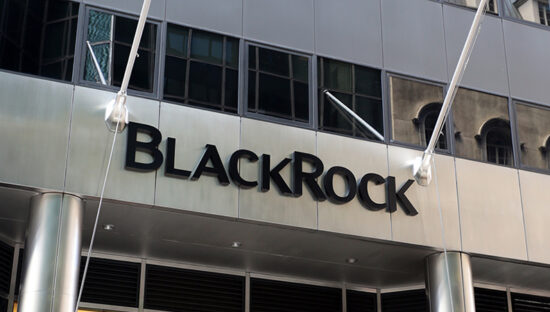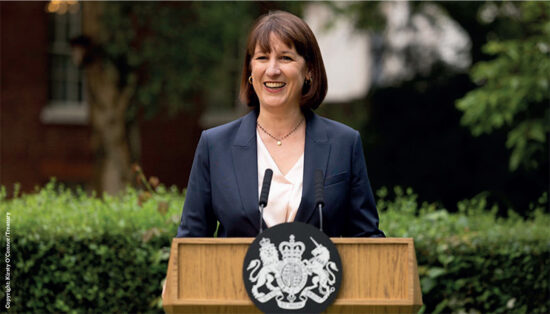The third quarter of 2015 will be seen as a turning point in what has been one of the most volatile and downright challenging quarters since the global financial crisis of 2008. The question is, will this turning point provide the global economy the chance to regroup and continue on its upward trajectory, or will it falter and continue on its current path of increased volatility and lower equity prices? The investment team at Castlestone Management think somewhere in-between.
As markets move into the fourth quarter and into 2016, either the global economy miraculously manages to stave off an economic downturn through further government monetary intervention or, the global economy will falter under the weight of a Chinese “hard landing”, a commodity price route impacting Emerging Market nations and lacklustre growth across much of the developed world.
On Thursday the 17th September the Federal Reserve announced that it was going to hold its key benchmark interest rate at .25%. One of the serious implications that Castlestone has stressed is that this “delayed” Fed rate hike permits further uncertainty. Over August, one of the main reasons behind the global sell off was uncertainty surrounding the Federal Reserve September rate move and what would have been the first rate increase since the global financial crisis (Chart 1).
Chart 1) US Federal Funds Target Rate – Upper Band from January 2000.

This uncertainty has been clearly displayed across global equity markets. Year-to-date to the end of the third quarter all major global equity markets are lower. In the US, the S&P 500 Index is down over 6% and the DJIA Index is down over 8%. In Europe the EuroStoxx 50 is down 2%, the German DAX 30 Index is down 2% while the UK’s FTSE 100 Index is down over 6%. Chinese markets have taken a tumble from the first half of this year with the Shanghai Composite Index down 40% from its June high and is currently down over 6% YTD. The Hang Seng Index is down over 8% YTD. The only exception is Japan’s Nikkei 225 Index up a modest 1% YTD, supported by the Bank of Japans monetary efforts.
The chairwoman of the Federal Reserve, Janet Yellen, said the Federal Open Market Committee discussed the possibility of raising rates at its September 17th meeting, but decided against it in light of the heightened uncertainties abroad and the slightly lower expected path for inflation. The market now believes that next rate hike will come before the end of the year, most probably December.
Castlestone has managed to weather the majority of this turbulent “storm” by remaining adherent to the strategy of the group’s flagship equity fund, the Equity High Yield & Premium Income Fund and with the groups well known Aliquot Gold Bullion Fund.
Since the middle of the summer and throughout the global sell off which occurred on the 24th of August, gold has been one of the best investments rising over 2% to the beginning of October while the S&P 500 has fallen over 7% (Chart 2). Despite the drop in gold prices over 2014 and 2015 golds safe haven appeal saw investors pile back into the metal in the face of market volatility over August and September.
Chart 2) Gold Bullion represented by the London PM Fix in White, and the S&P 500 Index in Green from 7th August 2015 – 2nd October 2015.

Castlestone Managements developed market equity fund, focusing on blue chip, defensive stocks too has been able to withstand much of the market volatility (Chart 3).
Chart 3) Equity High Yield & Premium Income Fund Euro AAS Institutional Class in White from the 2nd June 2015 – 30th Sept 2015 with DJIA Index in yellow, The S&P 500 Index in green, the UK FTSE 100 Index in pink, The German DAX 30 Index in red and the Hang Seng Index in orange.

Note: the DJIA Index has a dividend yield of 2.63%, the S&P 500 has a div yield of 2.25%, the FTSE 100 has a div yield of 4.22%, the DAX 30 Index has a div yield of 3.07% and the Hang Seng has div yield of 3.98% as per the 2nd October 2015.
The aim of the fund is to invest into stocks that Castlestone deems as “semi-monopolistic” across Western Europe, the United States, the United Kingdom and Australia. These stocks will typically carry a high dividend yield between 4-6% and on top of the income received from the dividends, the fund will write covered call options on the underlying stocks with the aim of generating further income into the fund. This strategy is also known as a “buy-write” strategy.
Selling call options can be advantageous when equity markets decline or remain flat (like we saw in 2008 and in 2011) as it helps to limit potential downside. When selling a call option the seller receives a premium, or income, committing to sell the option buyer a stock at an agreed price in the future. What it can do in a quickly rising market is limit the potential upside in equity price appreciation. However, with Castlestone’s outlook for equity market returns looking to be mixed over the next few quarters, this strategy aims to provide the fund a source of enhanced performance.
Castlestone believes that demand for predictable income in the form investing in large cap, defensive, blue chip, dividend paying stocks should be the focus of every investor as equity markets look set to continue in this push and pull market behaviour we have seen since the second quarter of 2015.
As the market now turns their attention to the next possible US Federal Reserve interest rate increase in December, Castlestone believes we will see much of what we have already witnessed; sideways moving markets topped off with increased periods of increased volatility.








